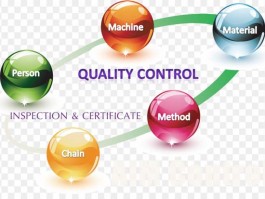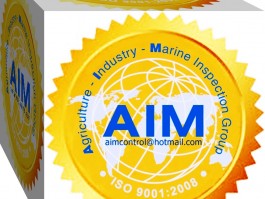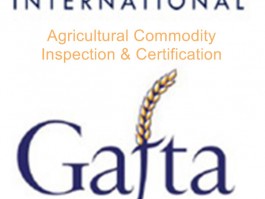Welcome to AIM
AIM Control is Agriculture Industry Marine Control Inspection Group of companies Worldwide to acting globally. (Dun & Bradstreet certified)
AIM Group ® offers
1. Marine survey / Ship inspection / P&I correspondents & Expertise/ Consultancy / Warranty / Specialist management Risk
2. Cargo inspection / Quality control assurance / Tallying & Supervision / Analysis & Testing / Certification
3. Damage survey / Loss adjusting / Claim investigation / Loss prevention / Tallying & Supervision
4. Fabrication Expediting / Vendor welding Inspection – Electrical & Mechanical inspectors - NDT
5. Diving works and Underwater ship hull cleaning & polishing / IWS
6. Global Third Party Inspection, 3rd Maritime Professional Expert.
AIM Control is the company of inspector, surveyor, controller, tally clerk, certificate, sample, test, investigator, approval and divers leading operations in 100 countries.
Founded in Vietnam in 1993, the company launched the original mission to provide professional third party inspection services in Vietnam, the Far East, Asia & Global.
With the direction of business development and innovation, and harmony in the economic development process, AIM Control has become the service provider Inspection and Certification growing worldwide.
AIM Control works with the motto "Customer destiny is our destiny" and every service we provide is done...
Criteria:
Exactly - Fast - Professional - Objectivity
Cargo inspection benefit
Cargo inspect
Claim investigation
Charterer survey
UWHC and diving inspection
Maritime ship services
Marine Cargo survey and Consultancy
Government Services and International Trade Inspection
Quality Assurance and Quality Control Inspection Services
Petroleum industry inspection and Liquid product survey
Tallying and Surveying services
Commodity inspection
Expert Witness
Marine warranty survey surveyor
Vendor Inspection

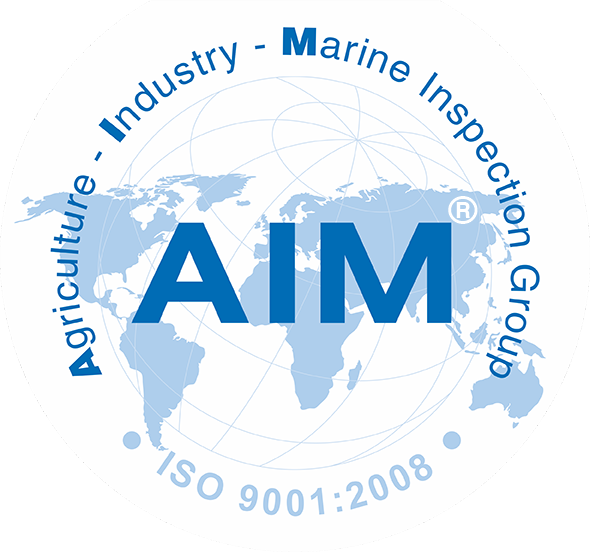

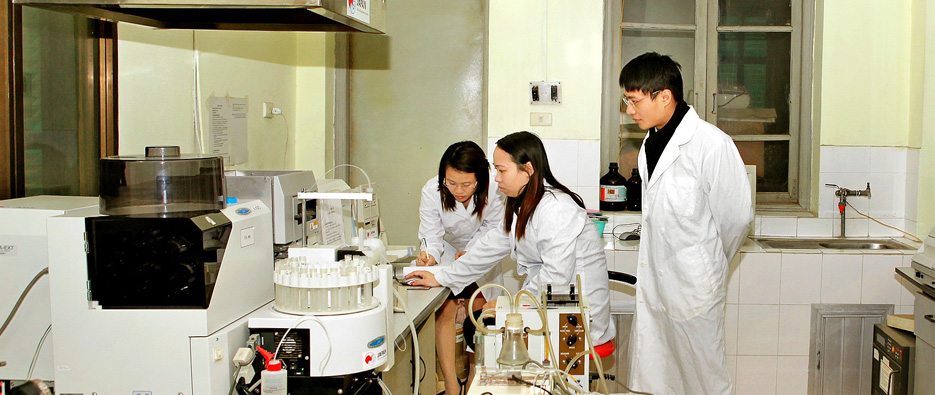

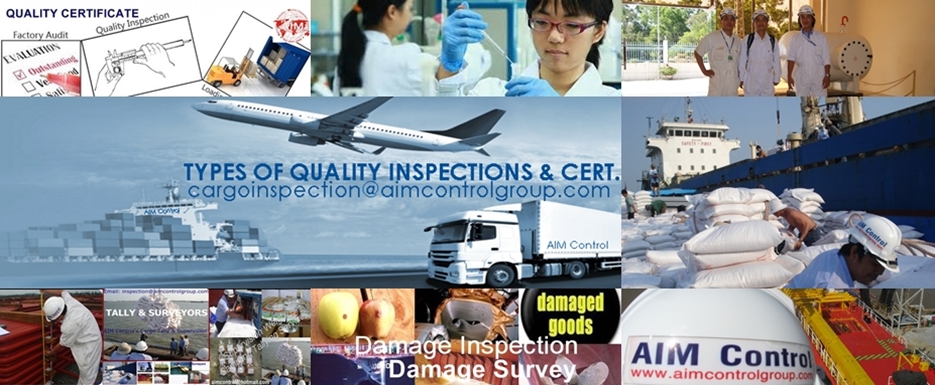

_crop_marine-cargo-surveyors.png)


